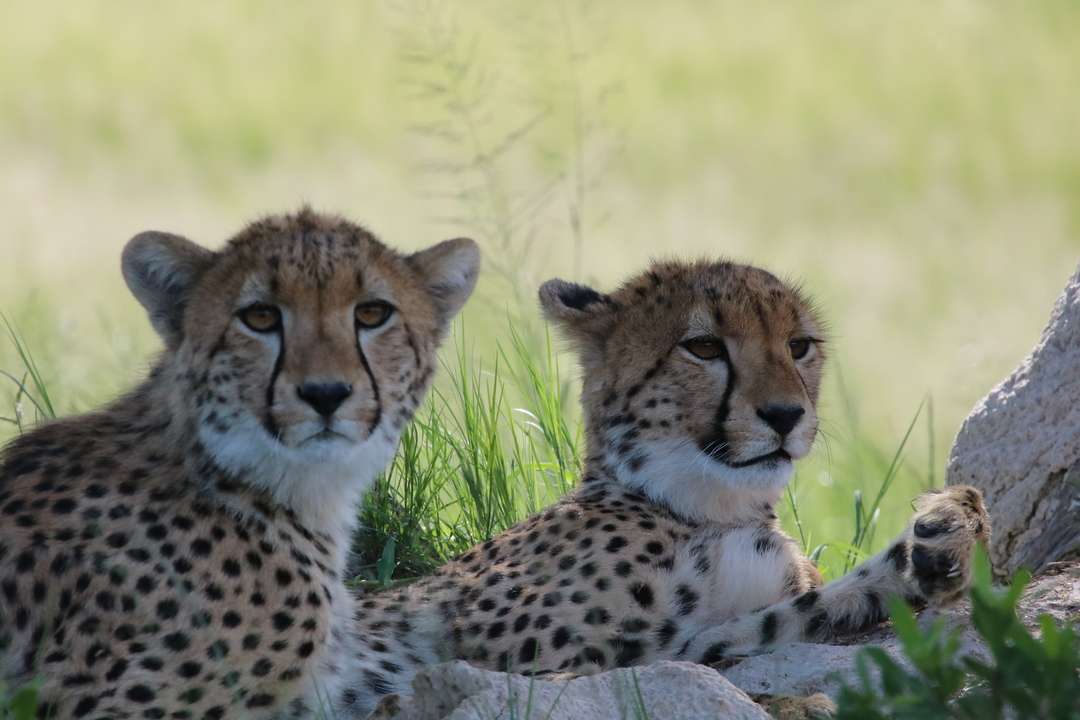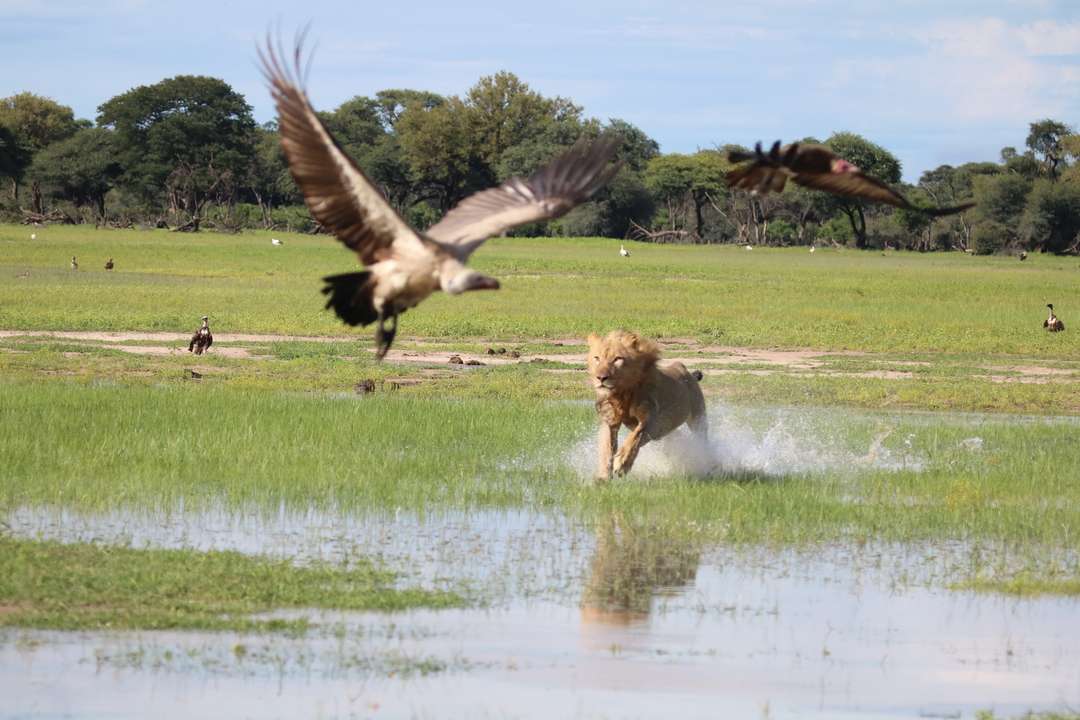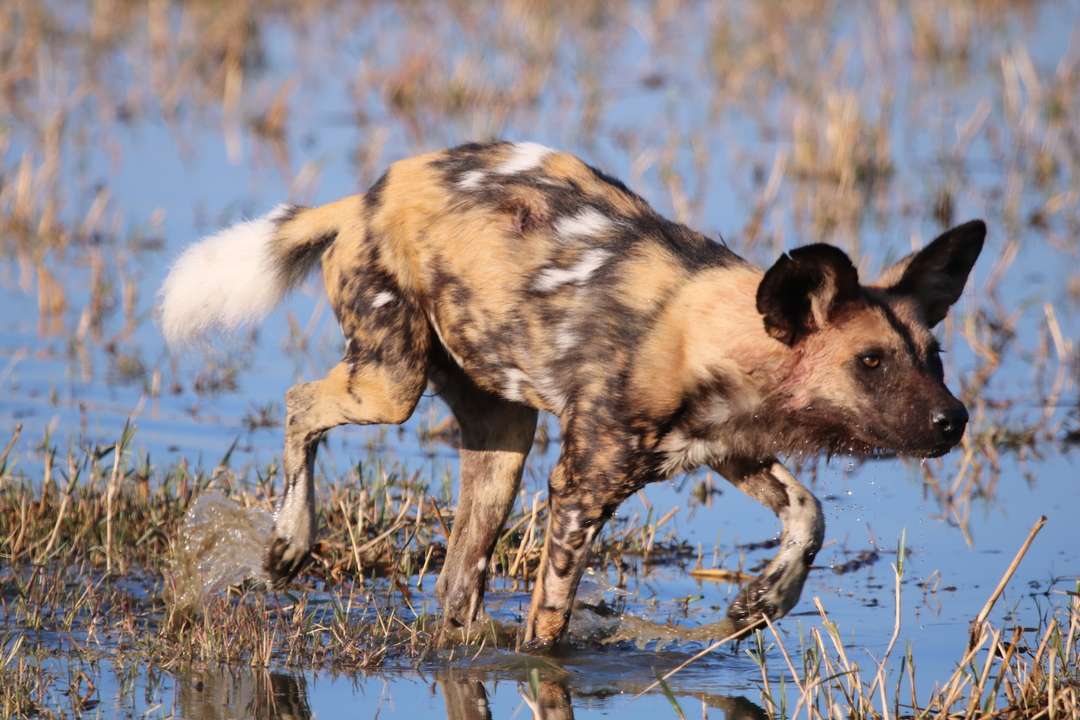For the quintessential safari experience, look no further…
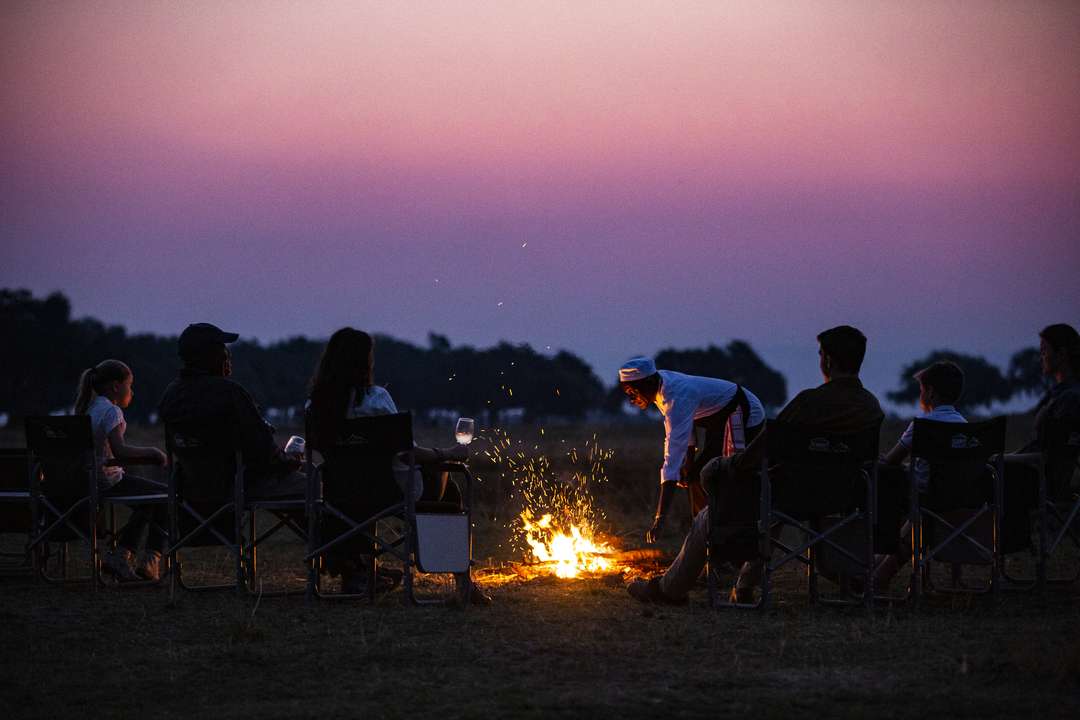
Zimbabwe – our featured country this month – offers a wildly diverse abundance of game year-round, against classic African landscapes: sprawling savannah; acacia and riverine forests; two legendary rivers edging its northern and southern borders; knockout sunsets and impossibly starry skies. Not to mention the world’s most wondrous waterfall: Victoria Falls, or Mosi-oa-Tunya, the Smoke that Thunders. As described by ill-fated nineteenth-century British explorer David Livingstone: ‘Scenes so lovely must have been gazed upon by angels in their flight’.
Hwange, Zimbabwe’s largest national park – a staggering 5 657 square miles – has a range of habitats, Kalahari sands seeping into teak woodlands and golden savannah grasslands, and so a vast range of game. Massive herds of elephant and buffalo impress, as do sightings of giraffe, a variety of antelope including the rare sable and roan, and various predators in their wake – lion, cheetah, leopard, wild dog and others. As well as an infinite diversity of plains game and more than 400 bird species – all measuring in winter as the highest concentration of wildlife in Africa.
In Hwange’s eastern corner lie the park’s prime game-viewing areas: Wilderness Safaris’ exclusive-use Makalolo and Linkwasha concessions, including the dramatic Ngamo Plains, sometimes called ‘the Serengeti of Hwange’. Dotted with vleis and ilala palms, the plains spread out forever, transforming from summer green to winter gold, traversed by an ever-changing wildlife parade.

Hwange’s highlights are many, but yours might include: in winter, particularly, welcoming uncountable numbers of dust-kicking buffalo and many of the park’s 40 000 majestic elephant at a waterhole, perhaps from a walking safari, or spying from a hide; sleeping out in one of our camps’ Star Beds, secured in a treetop blanketed by the sky as the night’s creatures roam below (a guide sleeps nearby); toasting the day, and each other, to sensational blood-orange sunsets or dramatic summer thunderstorms, sound and light shows flashing across the plains.
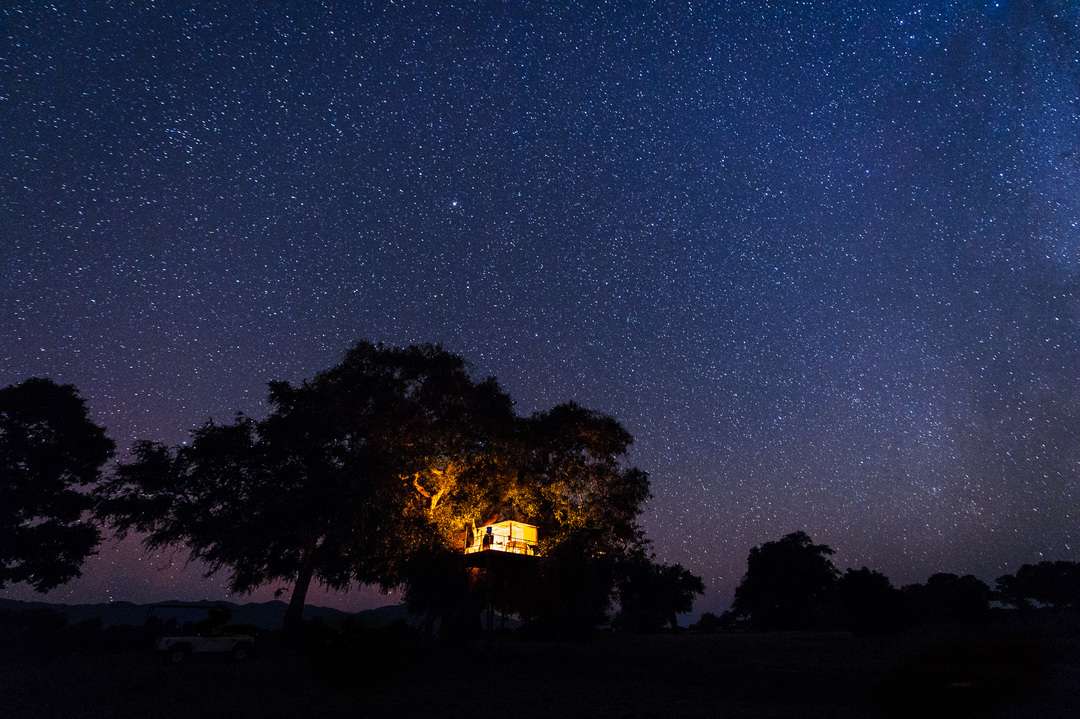
Hwange – truly one of the world’s most jaw-dropping wildernesses.
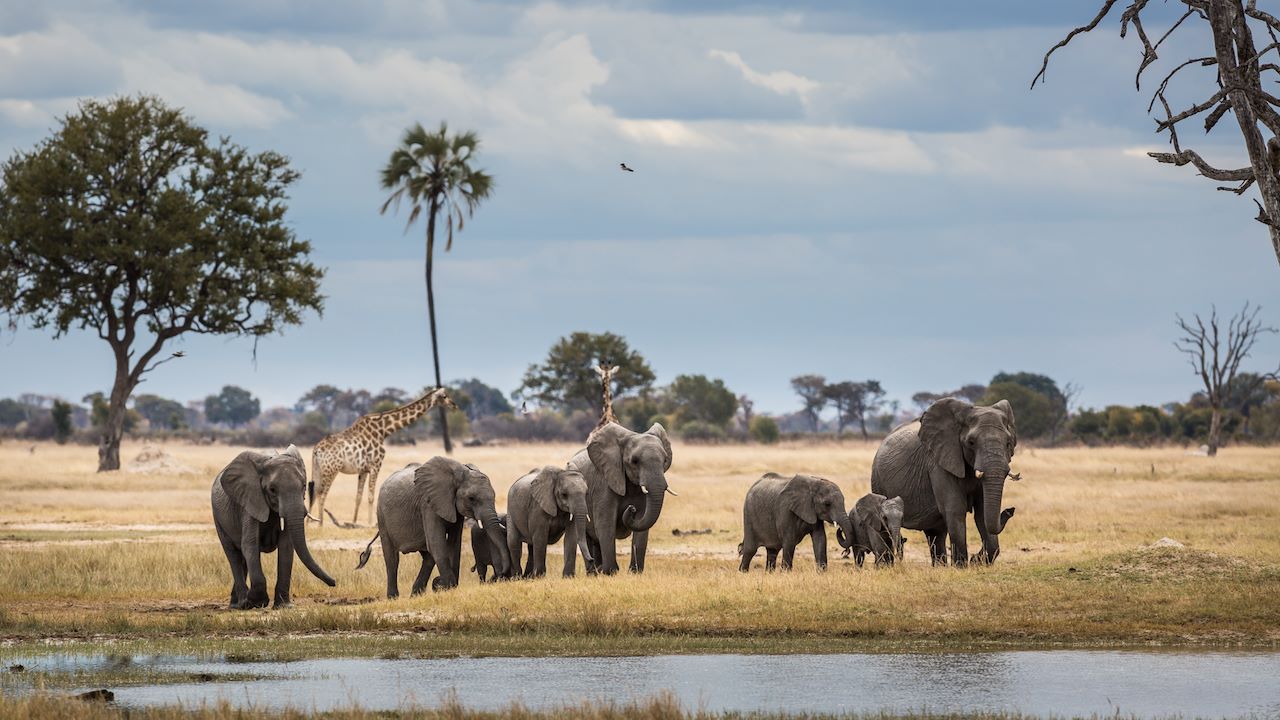
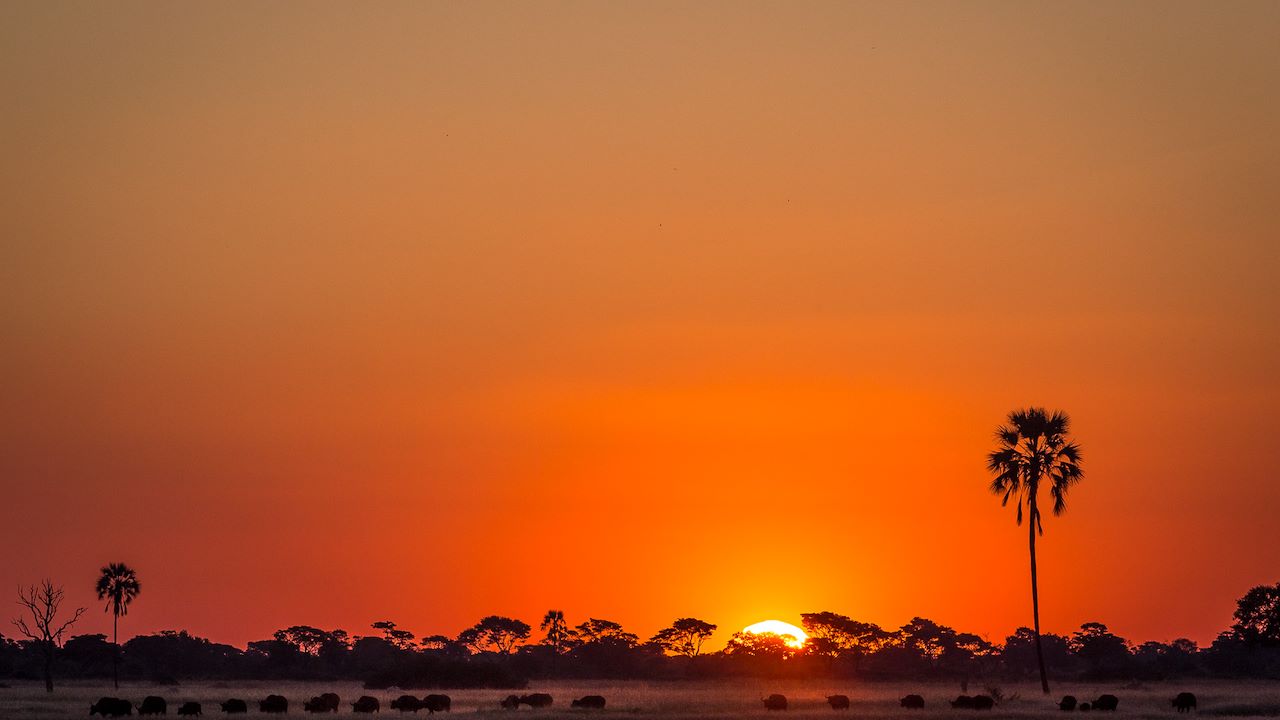
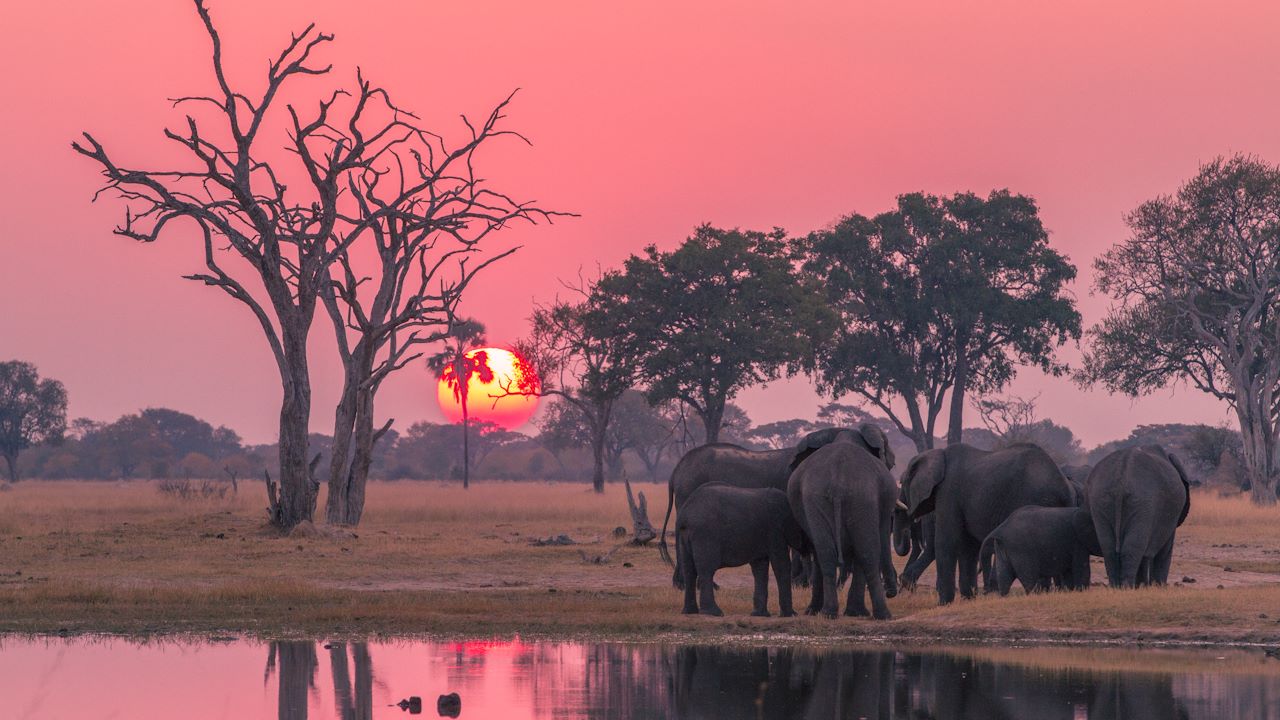



Just over 400 kilometres (some 250 miles) to the north-east, on the Lower Zambezi, the World Heritage Site Mana Pools awaits. Seen from the air, the mighty Zambezi River snakes like a silver python from Zambia east to the Indian Ocean; from land, it muddies, a grand eight kilometres wide in places, flowing a sluggish six km/h. Arrival on its banks leaves you breathless, especially if an elephant herd is busy siphoning its waters in the midst of ear-flicking hippo pods (my first vision). From there stretch enchanted forests of towering albida trees, a type of acacia, whose pods attract elephants in nearly constant streams through the forests’ golden light, their trunks reaching high for the bounty. Sharing an hour or more with them, as they drift like ghosts among the cathedral of trees, feels spiritual.
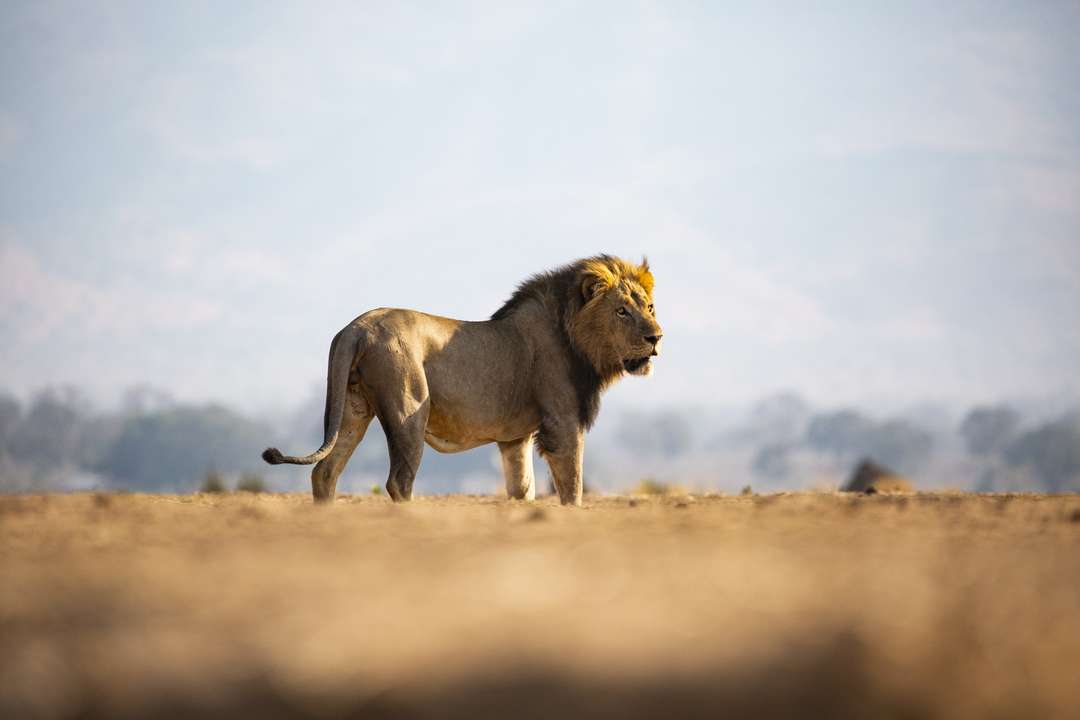
Walk among fauna and flora giants – elephant and albida, sausage, and baobab trees – from our camp Chikwenya, to the cries of fish-eagles and other species. At some point during your stay, you’ll see at least some of these: buffalo, lion, leopard, wild dog, and various antelope. Sleep in another Star Bed at Ruckomechi. Take to the river.
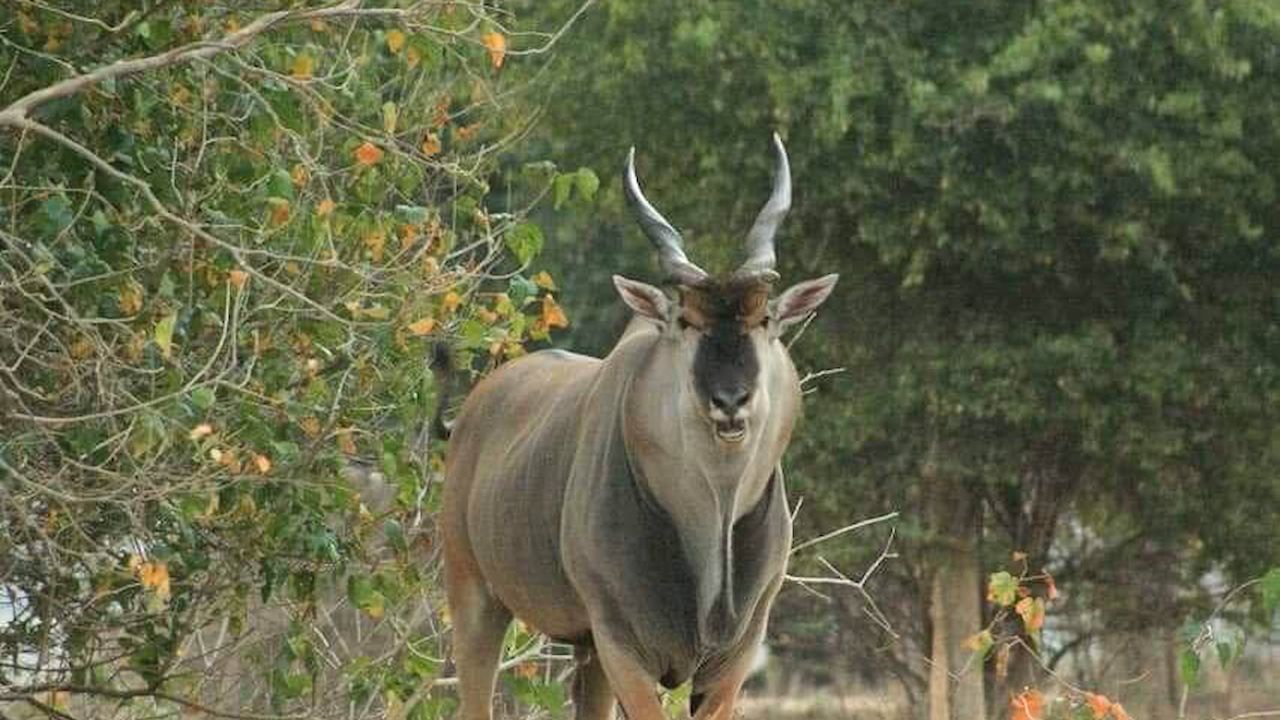
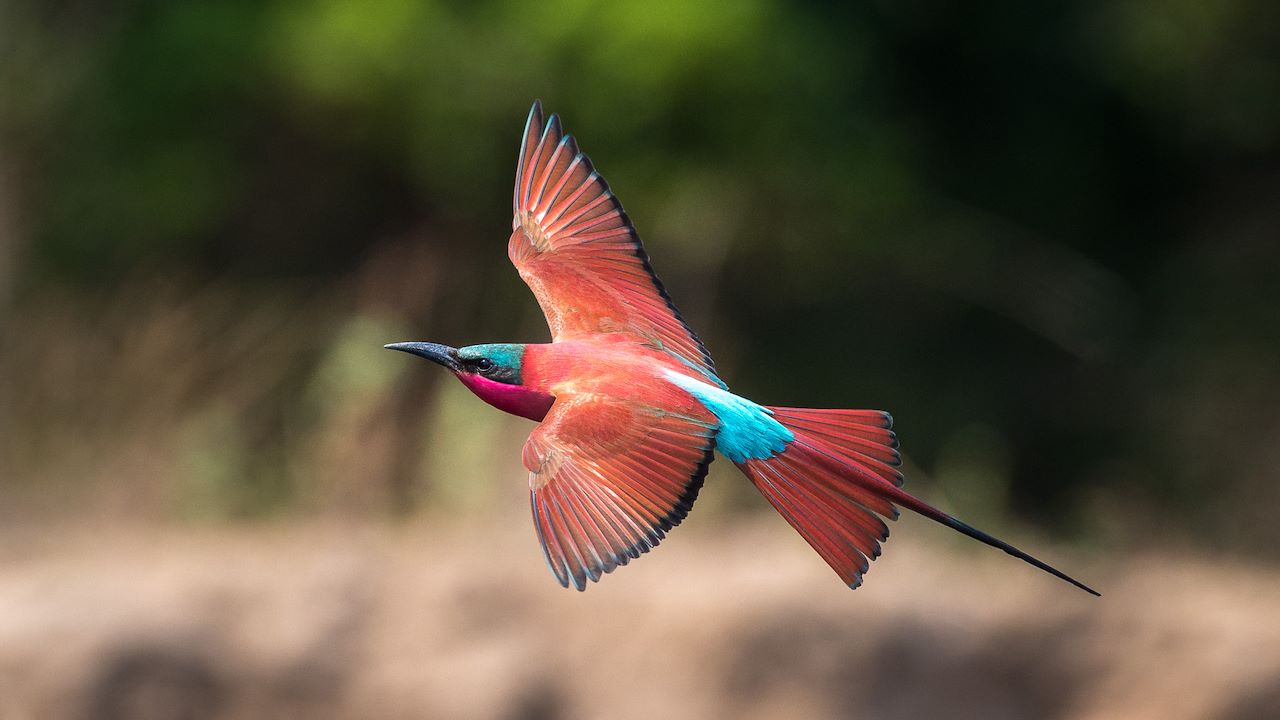
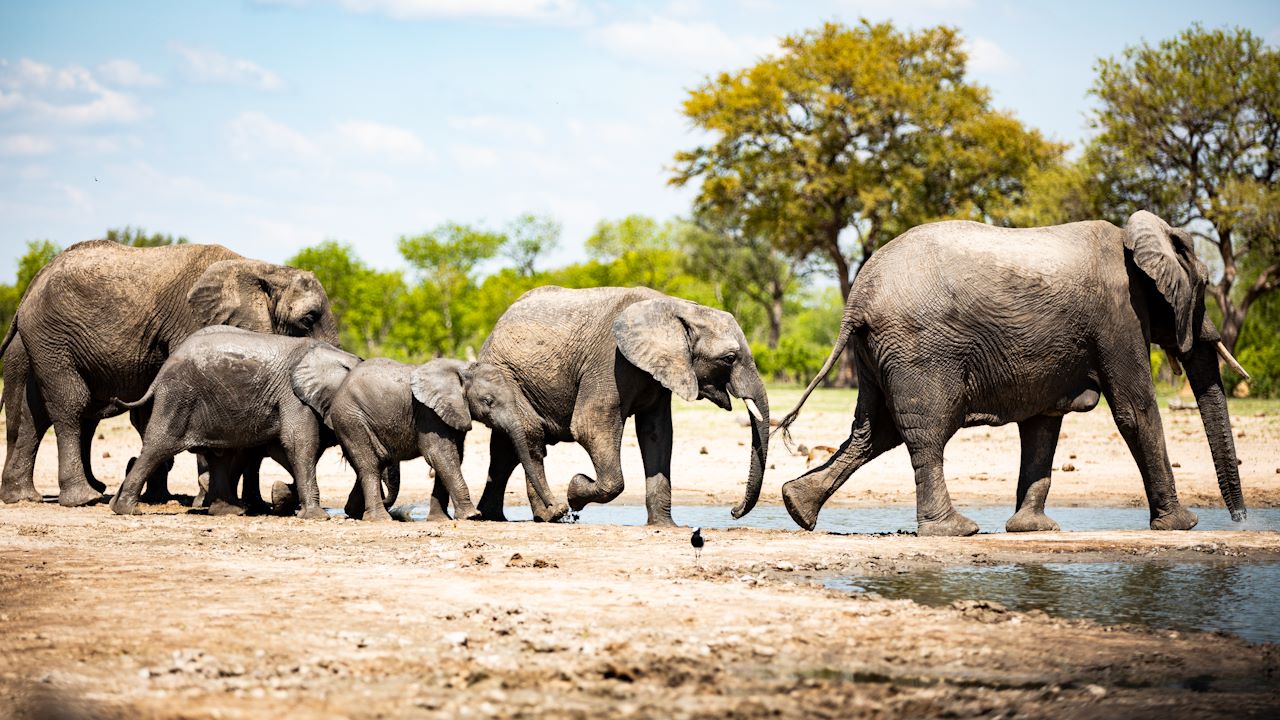



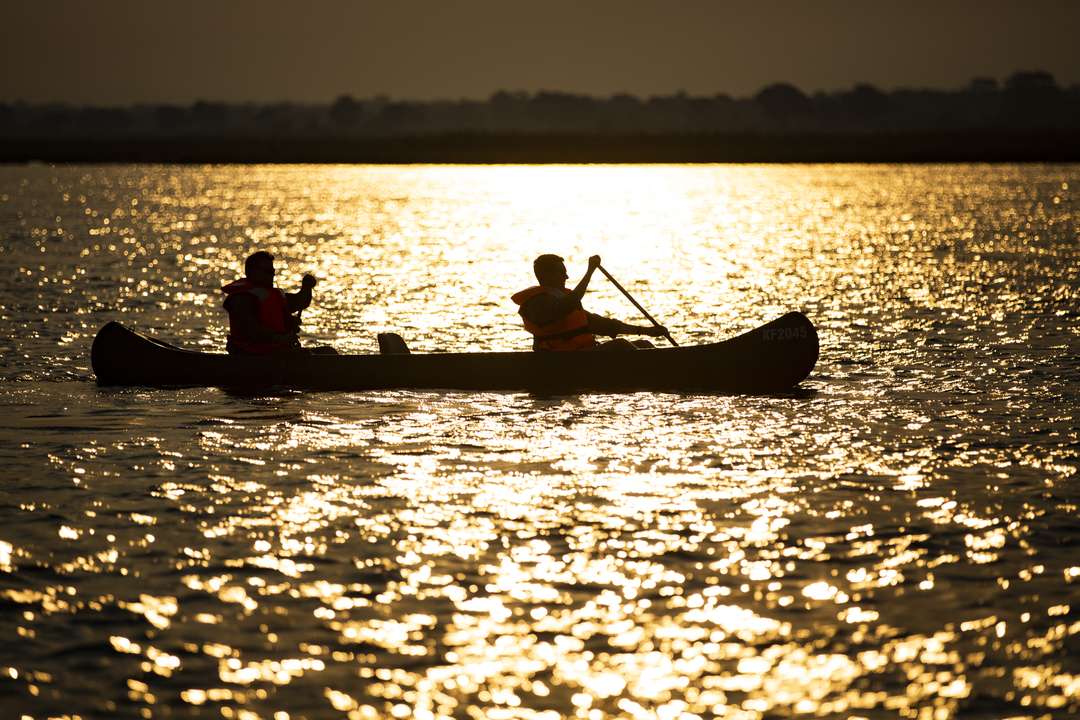
On one of our boat safaris or paddling your own canoe, let the currents lead you to adventure. Float down ‘God’s Highway’, as Livingstone and other missionaries called the river, delivering the ‘3 Cs’ – Christianity, Commerce, and Civilisation – to the African interior. You’re bound to spot pod after pod of hippos, peering just above the water line, their ears twirling. And crocs skimming just below the surface, or sliding up or down the riverbank. Your guide may regale you with tales of river gods and spirits – such as Nyaminyami, worshipped by the Tonga at Kariba. Who believed that as Kariba Dam was built, it separated the god from his wife, and retribution would follow, as it did. Just before the dam was finished in 1958, its wall broke and hundreds drowned. Survivors offered Nyaminyami sacrifices by throwing their livestock into the river. The local Gova people honour a virgin spirit, a mermaid of sorts, said to inhabit ‘The Rock of the Virgin’ – and if you pass by the rock on the river without making an offering, you may capsize, or drown. Though our canoe slipped past the rock without incident – and vengeful virgins, hippo gangs and sneaky submarine-like crocs aside, a river journey is a must.
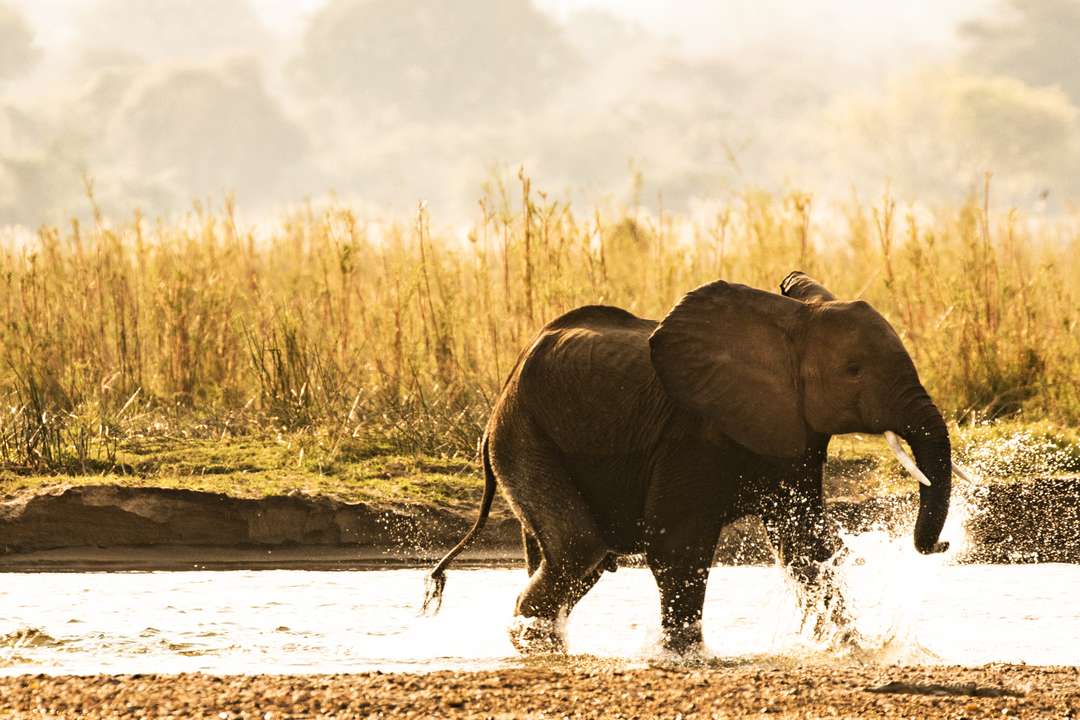

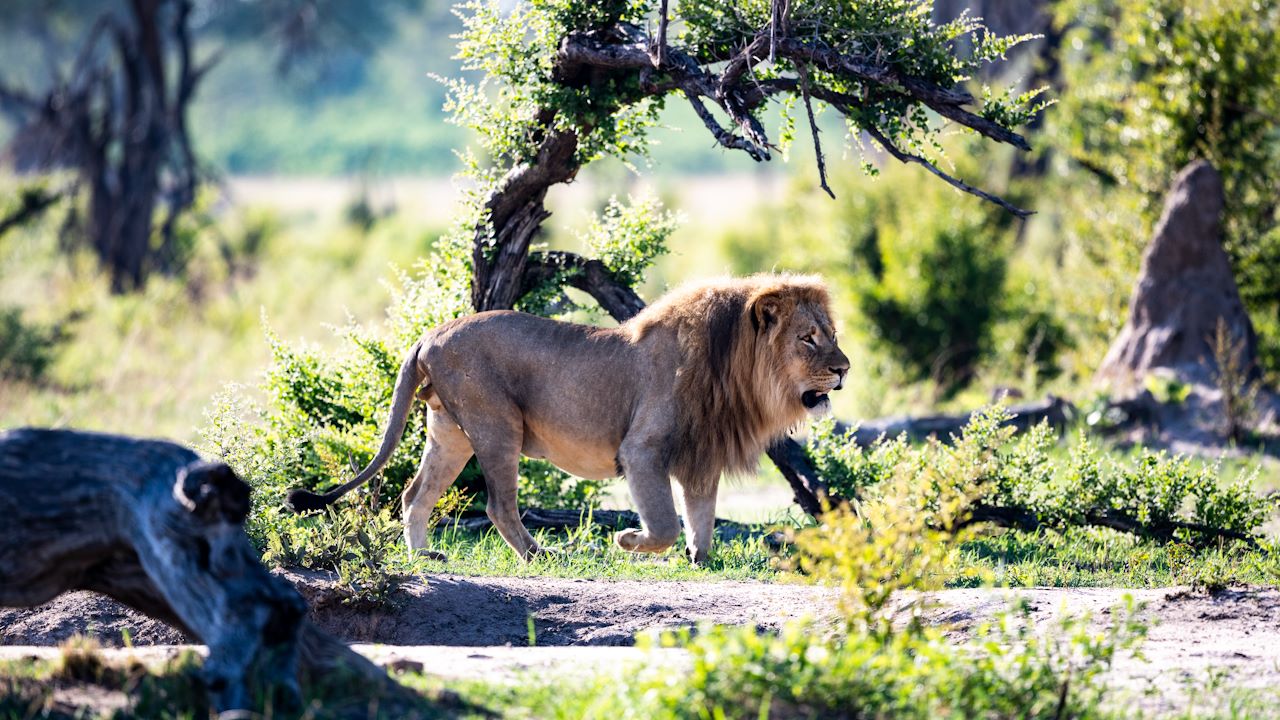


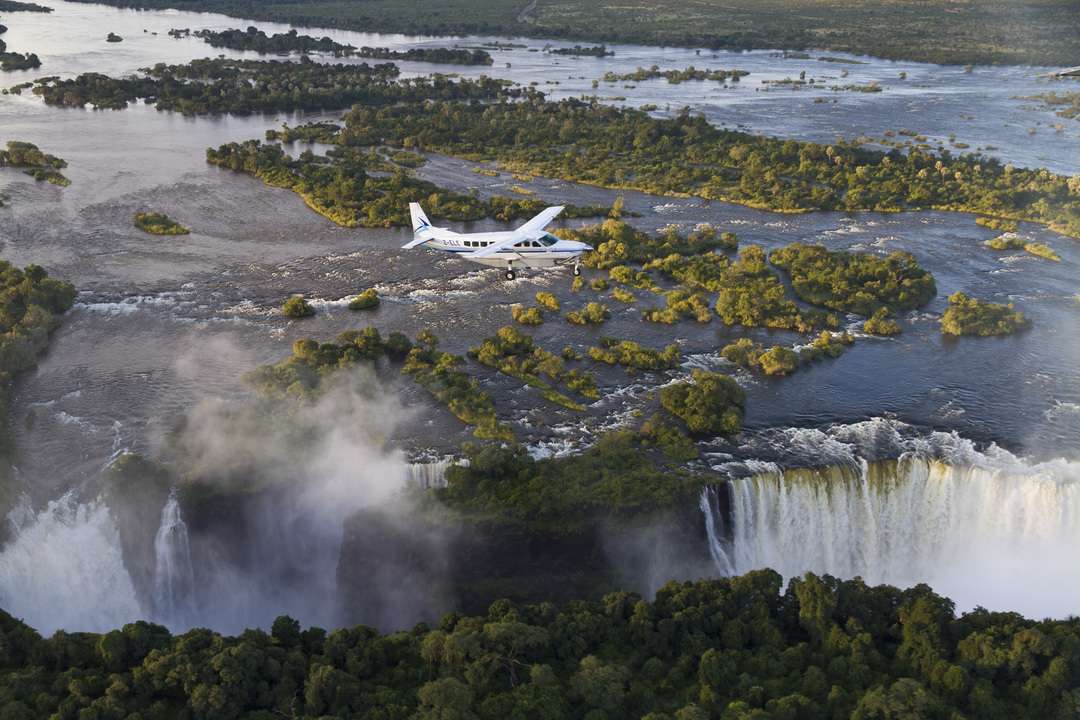
Of course the Zambezi’s crown jewel is Victoria Falls – arguably the planet’s most spectacular waterfall; start or end your visit to Zimbabwe here. On the border between Zimbabwe and Zambia, the falls stretch more than a mile across and plummet into a basalt gorge to a depth of more than 300 feet. You can see the falls’ columns of spray from miles away, and walk close to their edge – where you’ll be royally drenched. Wilderness Safaris can also organise game viewing in Zambezi National Park, and various adrenaline-rush day adventures: bungee jumping, white-water rafting, helicopter flips, and more.
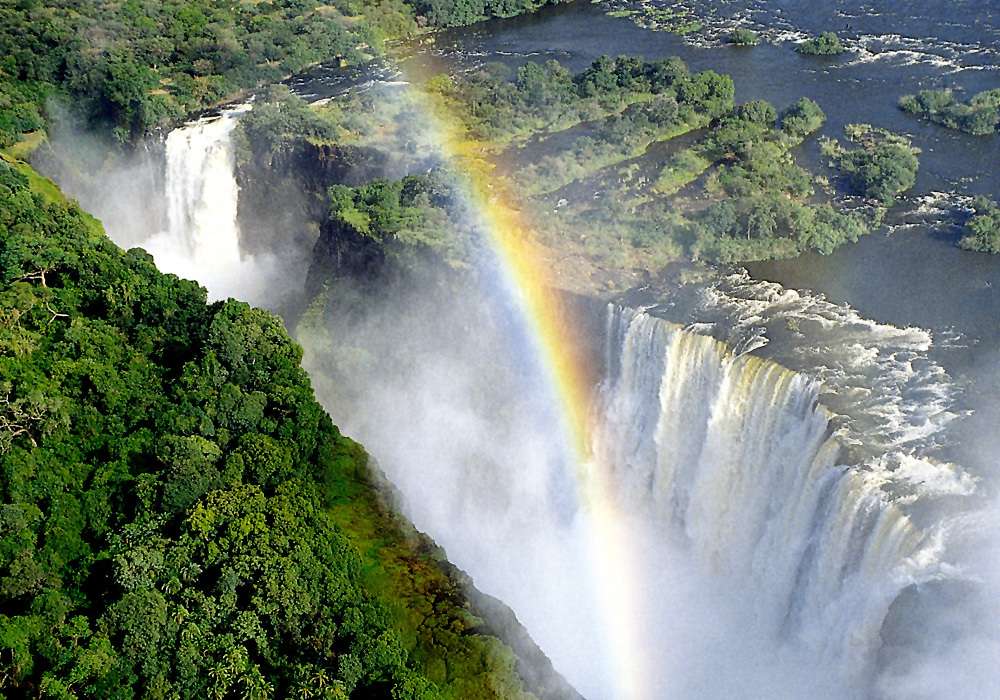
Even if you’re not an adrenalin junkie, merely standing near the falls’ edge – vervet monkeys foraging around you in the rainforest, the water roaring, its spray making you slick and damp – is an absolute, unparalleled thrill, and privilege. A kind of purification. Baptism by nature…
Written by Melissa Siebert
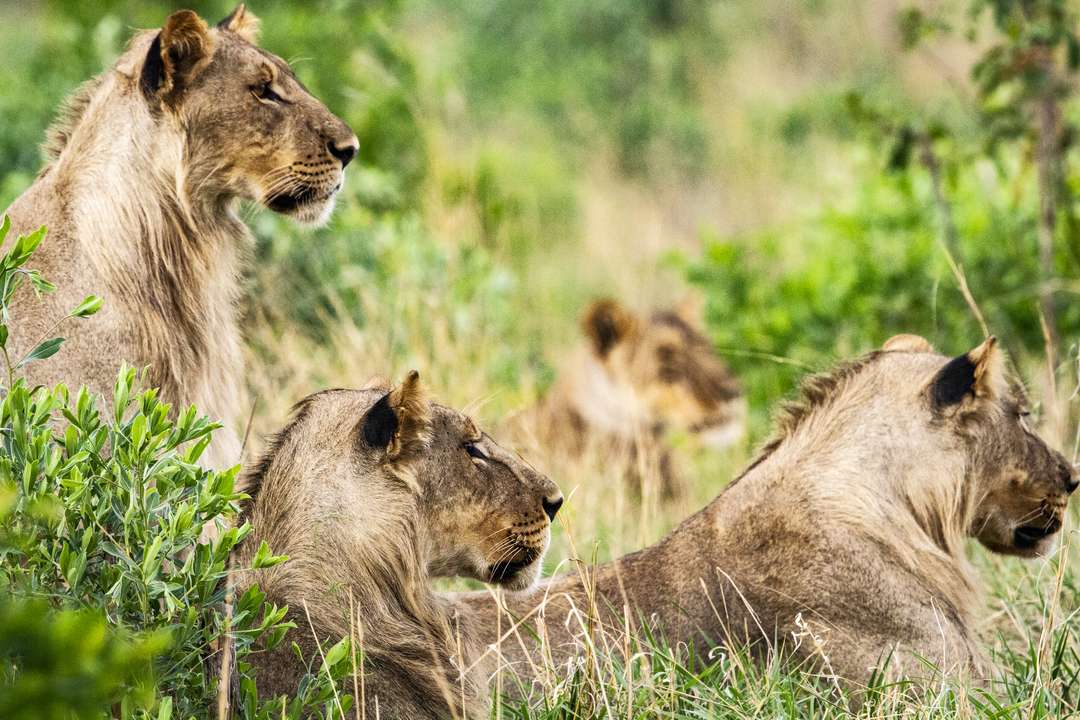
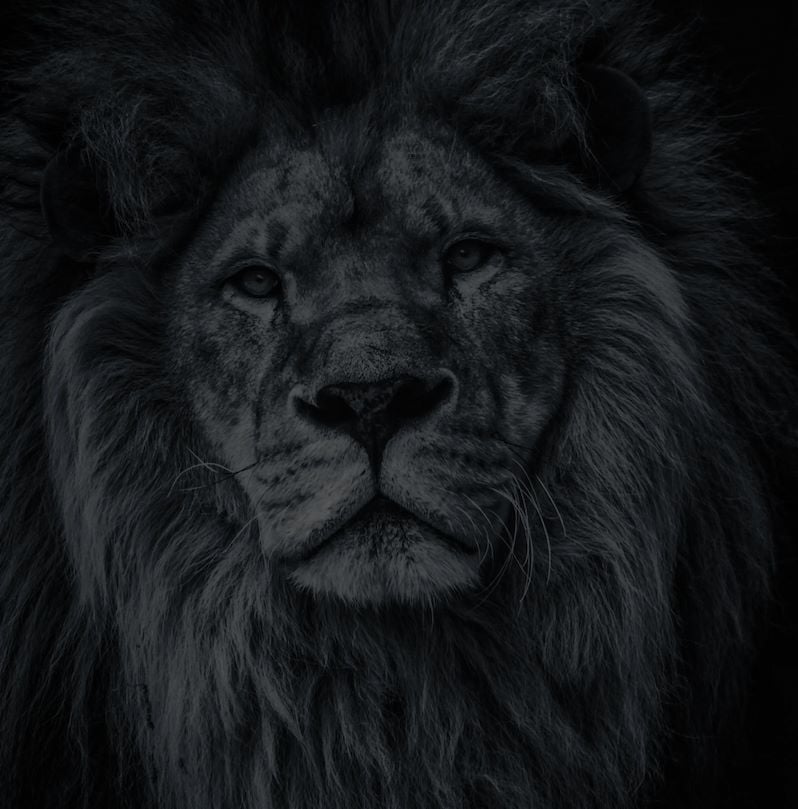
Let’s plan your next journey
Ready?
When we say we’re there every step of the way, we mean it, literally. From planning the perfect circuit, to private inter-camp transfers on Wilderness Air, and easing you through Customs. We’re with you on the ground, at your side, 24-7, from start to finish. Ready to take the road less travelled? Contact our Travel Designers to plan an unforgettable journey.
